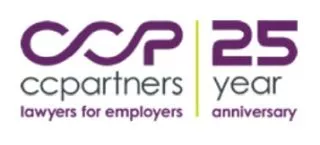Earlier today the government of Ontario provided an outline of its plan to help control the spread of COVID-19 through the province’s workplaces. The corresponding news release can be found here. While specific timelines were not provided, the government announced its intention to immediately introduce legislation amending the Employment Standards Act, 2000 by providing for a new job protected leave of absence where an employee:
- is under medical investigation, supervision or treatment for COVID-19;
- is acting in accordance with an order under the Health Protection and Promotion Act;
- is in isolation or quarantine;
- is acting in accordance with public health information or direction;
- is directed by their employer not to work; or
- ·needs to provide care to a person for a reason related to COVID-19 such as a school or day-care closure.
The proposed amendment would also prohibit employers from requiring sick notes from employees to access the new leave of absence related to COVID-19. The government further indicated that these measures will remain in place as long as concerns over the spread of the virus remain.
There is currently no obligation on businesses to close, and no obligation on employers to provide full or partial payment to employees who access the new leave of absence, or whose earnings are otherwise interrupted by the impact of COVID-19. Employers may consider placing employees on a temporary layoff in accordance with the terms of the Employment Standards Act, 2000, coding the reason for issuing Record of Employment “A” for shortage of work, so that eligible employees can apply to access EI benefits.
It should be noted that the above is just a summary of the Government’s announcement and the text of the Bill has not yet been released, so the scope of these measures is not yet known.
The foregoing does not necessarily alter employers’ current obligations regarding paid absences under existing workplace policies or collective agreements, which must be considered before making decisions on staffing reductions.
The content of this article is intended to provide a general guide to the subject matter. Specialist advice should be sought about your specific circumstances.

